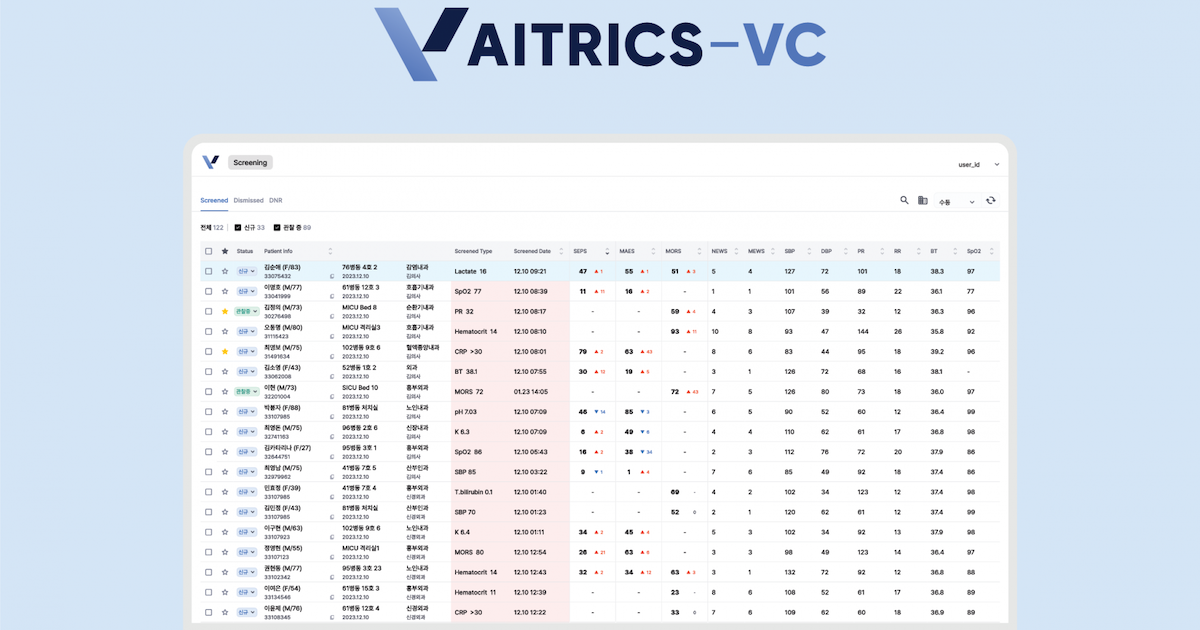
Photo: Ignacio Campo/Unsplash
A new deployable AI tool for the neonatal intensive care unit can identify a deadly condition in premature infants.
WHAT IT'S ABOUT
A research team from Asan Medical Center, the largest hospital in South Korea, created a deep multi-task learning model that learns and pinpoints areas filled with air in the abdominal cavity or locations of lesions called intestinal perforation. From an AMC database of approximately 2.6 million paediatric X-ray images spanning 23 years, 294 images of intestinal perforation and 252 control images were utilised to train the model.
The team applied data augmentation so the AI can simultaneously identify different patterns of intestinal perforation and lesion location in each patient.
FINDINGS
Based on findings published in Computers in Biology and Medicine, the model showed 94.9% accuracy when verified using internal data.
Researchers also validated the model using external data: 164 intestinal perforation images and 214 control images were selected from a collection of 64,000 images from 11 local hospitals. Using this data, it demonstrated 84.1% accuracy, on par with specialists.
The model was also found to help increase the medical staff's diagnostic accuracy from 82.5% to 86.6% and inter-interpreter agreement from 71% to 86%.
WHY IT MATTERS
Intestinal perforation is a serious threat to newborns, especially premature infants. Diagnosis requires X-ray imaging, but interpretation is difficult because lesions are often unclear, and immediate readings in the NICU increase the risk of delayed or missed diagnoses. Existing AI models also have limited applications to newborns since they are trained on adult data, which differs significantly in body size, posture, and clinical presentation.
AMC's AI model for identifying neonatal intestinal perforation has shown potential to enable early detection of such a fatal condition in newborns, helping prevent NICU deaths.
"Neonatal intestinal perforation presents a high level of urgency, making rapid diagnosis paramount. However, imaging findings are ambiguous and differ from those in adults, making the diagnostic rate significantly dependent on the interpreter's experience," explained Dr Yoon Hee-mang, a professor at the AMC Department of Radiology.
Besides demonstrating expert-level accuracy, the model also helped enhance professional consensus, Dr Yoon added.
THE LARGER TREND
The past few years saw various projects launched across the Asia-Pacific to enhance care for newborns and premature infants.
In Australia, the University of South Australia has demonstrated through studies how AI-driven imaging systems can remotely monitor vital signs of premature babies in the NICU and diagnose and automate the treatment of jaundice in newborns within a second.
A SAP-backed screening programme in India utilises a machine learning-based tool to identify retinopathy of prematurity, a condition associated with preventable blindness among preterm infants.


